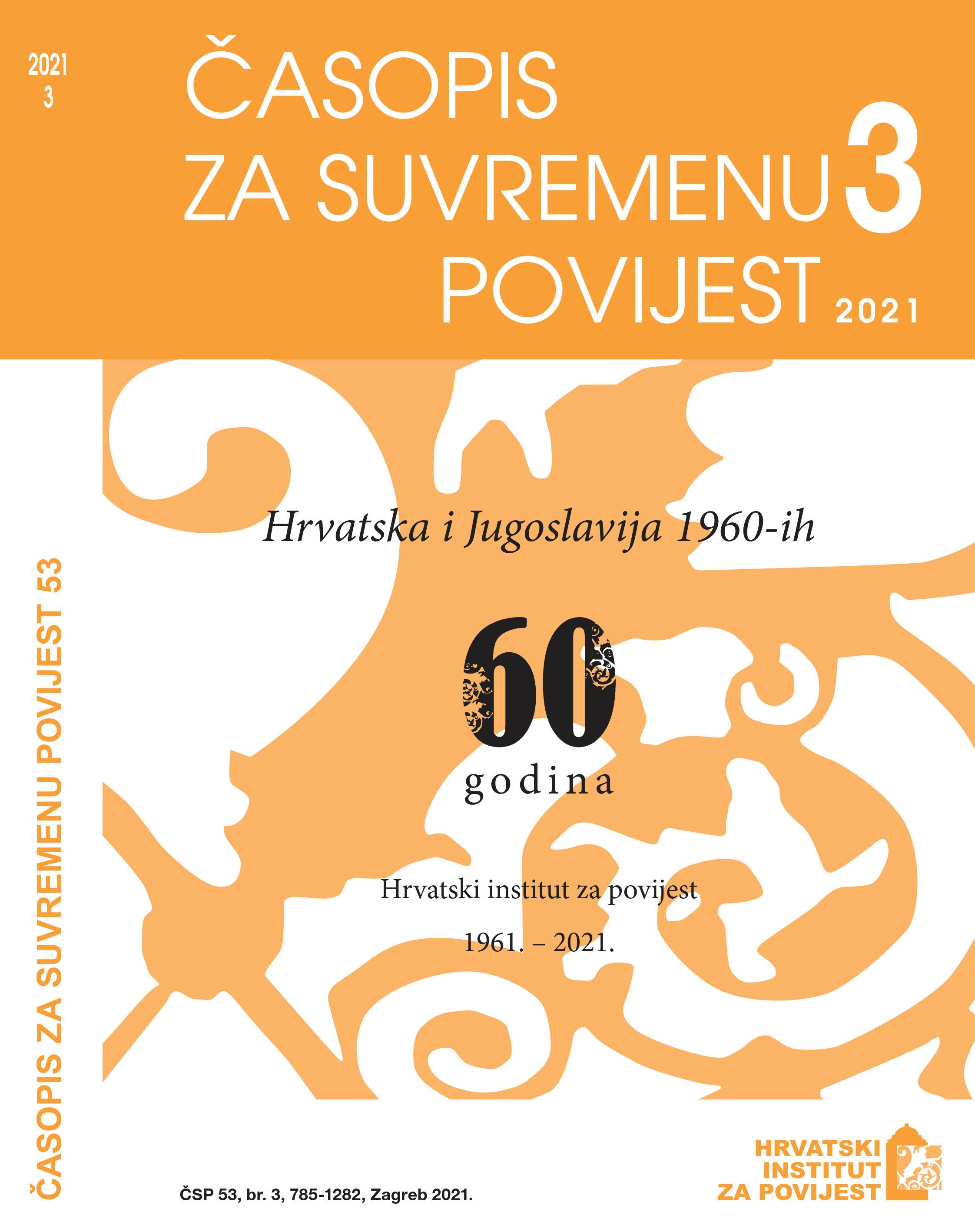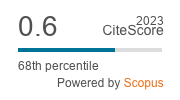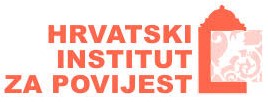The Urbanisation and Modernisation of the Northern Periphery of Zagreb, 1960–1970
DOI:
https://doi.org/10.22586/csp.v53i3.17985Keywords:
periphery of Zagreb; Zagreb Foothills; urbanisation; modernisation; family; City of Zagreb; oral history; 1960sAbstract
The villages of the Zagreb Foothills, located on the southern slopes of Mount Medvednica, experienced the first hints of changes in the period between the world wars. These changes encompassed the electrification of certain villages and the partial construction of a water supply network. The economic interdependence of the nearby settlements to the north of Zagreb and the city itself slowly transformed the peasants of the foothill villages into peasant-workers, and then into citizens of Zagreb. After World War II and the annexation of the former villages to the City of Zagreb, the urbanisation processes increasingly influenced family units, their economy, everyday life, and customs. Thus, in the 1960s, a complete transformation of the rural area took place, and it became part of the urban complex. The socio-economic processes that permeated Yugoslavia in that period, the gradual liberalisation of the market and the creation of a consumer society, created among the former peasants a desire to adopt the urban culture and lifestyle. Abandonment of agriculture and animal husbandry, permanent employment in the city, and increased purchasing power allowed the families of the northern city periphery to buy household appliances such as television sets, washing machines, and refrigerators. Everyday life became easier and more leisurely, but severed a series of old social ties and permanently transformed the villages of the Zagreb Foothills into an integral part of the City of Zagreb.
Downloads
Published
How to Cite
Issue
Section
License
Copyright (c) 2021 authors and journal

This work is licensed under a Creative Commons Attribution-NonCommercial 4.0 International License.
Copyright holders are the publisher Croatian Institute of History and the authors. Journal of Contemporary History is an Open Access journal. Users are allowed to read, download, copy, redistribute, print, search and link to material, and alter, transform, or build upon the material, or use them for any other lawful purpose as long as they attribute the source in an appropriate manner according to the Creative Commons licence CC BY-NC. The papers published in Journal of Contemporary History can be deposited and self-archived in the institutional and thematic repositories providing the link to the journal's web pages and HRČAK. Journal does not charge article processing charges (APC). The editors assume no responsibility for statements of fact or opinion made by contributors.




